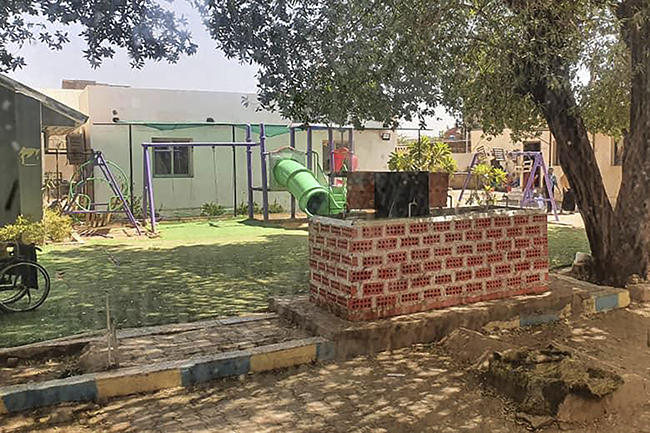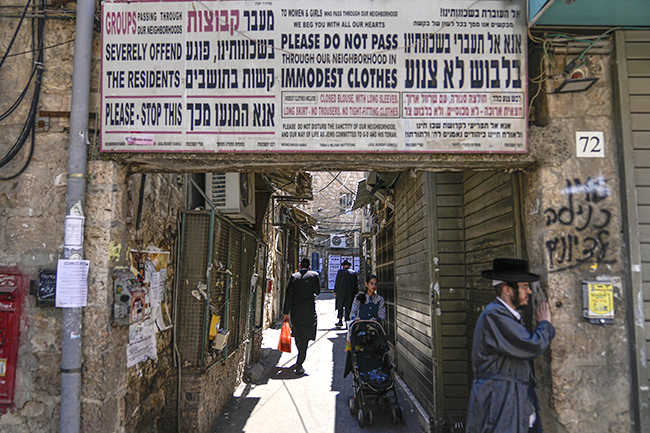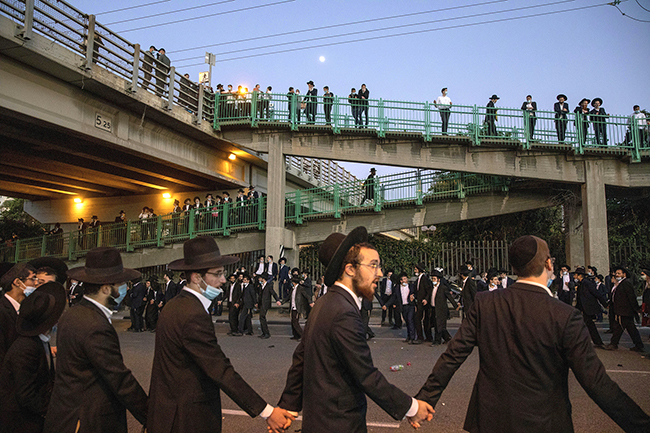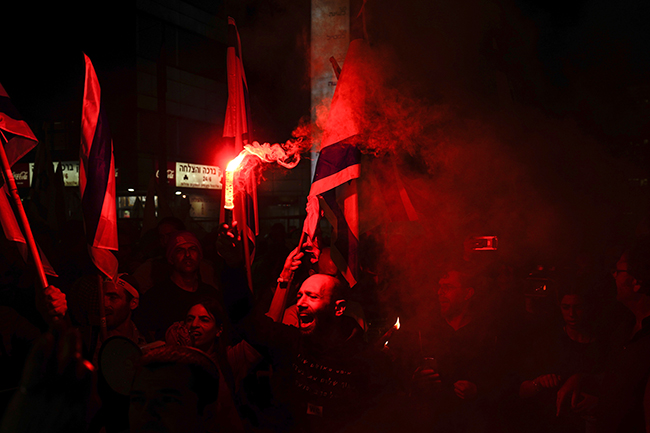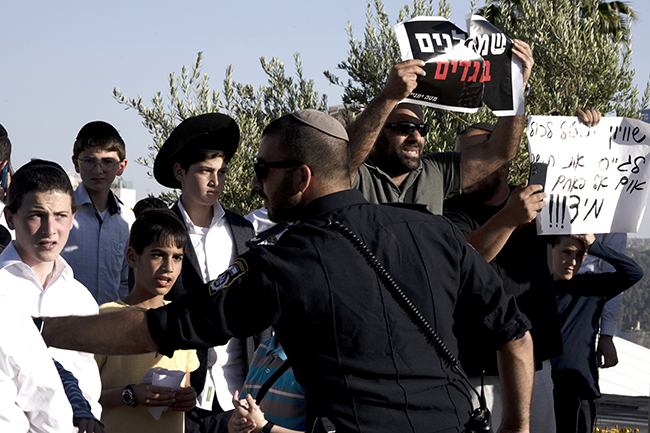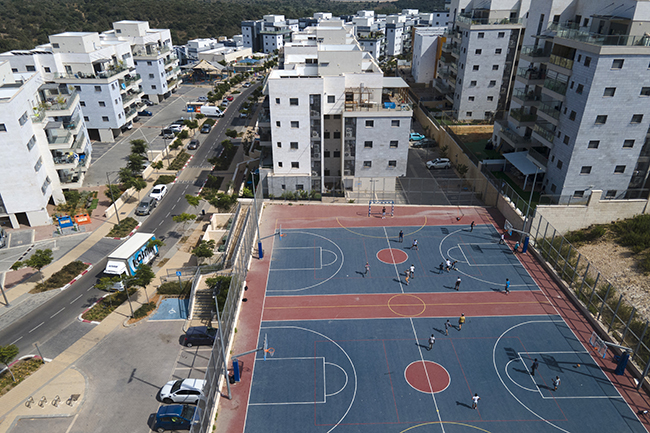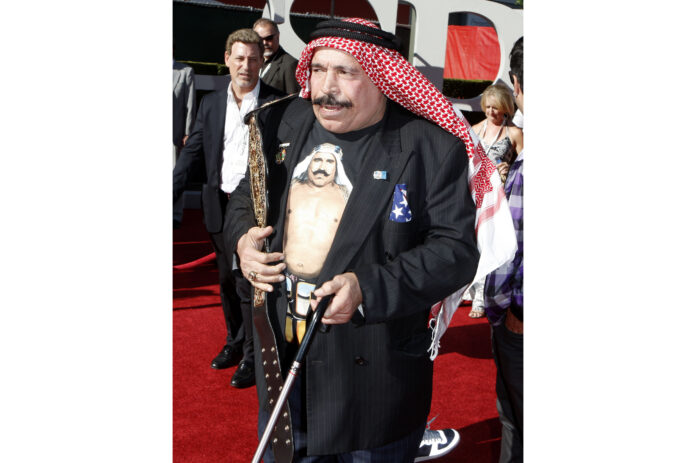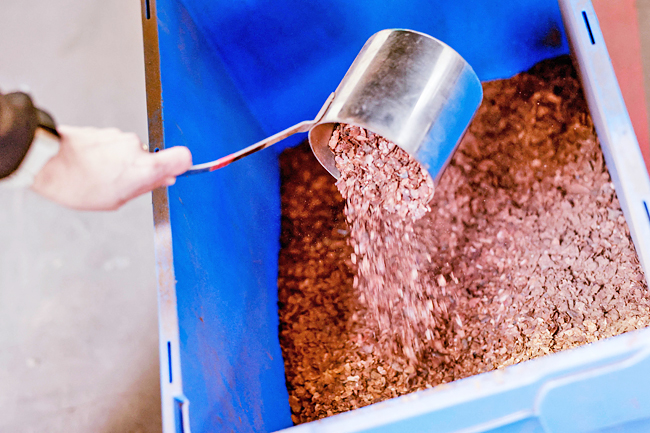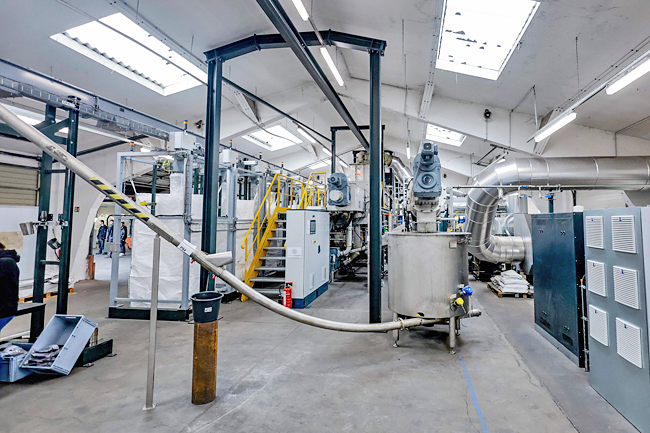MADRID (AFP) – Spanish giants Real Madrid signed Jude Bellingham from Borussia Dortmund on Wednesday to secure one of the most exciting young talents in world football.
Madrid made the 19-year-old one of the most expensive players of all time with a EUR103 million deal, which could rise by up to 30 per cent more.
Bellingham burst onto the biggest stage at the Qatar World Cup in 2022, driving England into the quarter-finals, where they were narrowly ousted by eventual runners-up France.

The midfielder, who turns 20 later in June, brought grace and balance to the Three Lions, with tireless energy to contribute at both ends of the pitch and maturity beyond his years.
That cool head helped him become Dortmund’s youngest captain when he took the armband last October, and he took them to the brink of a rare title.
Dortmund coach Edin Terzic has called Bellingham “the oldest 19-year-old in the world” and was taken aback by his unfluctuating level of performance.
“It is extraordinary to be able to play football so consistently at that age,” said Terzic.
Bellingham scored eight goals in 31 Bundesliga appearances this season and was named the German top flight’s player of the season in May, two days after his team missed out on the title in the final game of the season.
The Englishman was an unused substitute in the 2-2 draw with Mainz after sustaining a knee injury, watching on with frustration as his team failed to earn the victory which would have clinched their first title since 2012.
Bellingham began his career at Birmingham City, coming through the youth ranks and helping them avoid relegation from the Championship in his one first-team campaign at the club, 2019-20.
The midfielder became Birmingham’s youngest ever player at 16 years and 38 days old, beating Trevor Francis’ previous 1970 record.
Birmingham made the bold choice to retire Bellingham’s shirt number, 22, when he left for Dortmund in 2020, “to remember one of our own and to inspire others”.
The German side splashed EUR25 million on the then 17-year-old, which they have more than quadrupled now.
Although Bellingham and Dortmund’s bid to end Bayern Munich’s total domination of the Bundesliga failed, he did lift the German Cup in 2021, beating RB Leipzig 4-1 in the final.
“I’ve never seen a 19-year-old where you have the feeling that he could have three kids at home, he’s someone going upwards,” said Dortmund team-mate Niklas Suele, also highlighting his maturity.
England coach Gareth Southgate said Bellingham was always looking to progress.
“The thing that makes the difference is the mindset, the drive, the desire to learn and improve, and he has all of that,” said the coach, after Bellingham inspired the team to victory over Senegal in the World Cup last 16 in December.
Dortmund have proven themself as an ideal destination for youngsters to flourish, with Erling Haaland, Jadon Sancho, Ousmane Dembele and others thriving there, and Bellingham is the latest off the conveyer belt.
Arriving for a potential fee of up to EUR134 million, it is the most Real Madrid have spent on a player since signing Eden Hazard from Chelsea in 2019.
Madrid president Florentino Perez has largely abandoned his policy of signing “Galacticos” but he did not miss the chance to move for Bellingham and take care of the team’s future midfield for potentially the next decade.
Los Blancos have been looking to find long-term replacements for their veteran players, including midfielders Luka Modric, 37, and Toni Kroos, 33.
Los Blancos brought in young French duo Eduardo Camavinga and Aurelien Tchouameni over the past two summer transfer windows and sold holding midfielder Casemiro to Manchester United.
Bellingham is another key piece of the puzzle for Madrid, who are keen to make strides in the summer transfer market after Manchester City thrashed them in the Champions League semi-finals.
With Karim Benzema, Hazard and Marco Asensio departing, among others, signing Bellingham is at once a statement of intent and just the beginning for Madrid this summer.
Manchester City and Liverpool were also keen on Bellingham but the record 14-time Champions League winners were always in the driving seat, with Bellingham set to take the wheel in Madrid’s quest for more glory.


